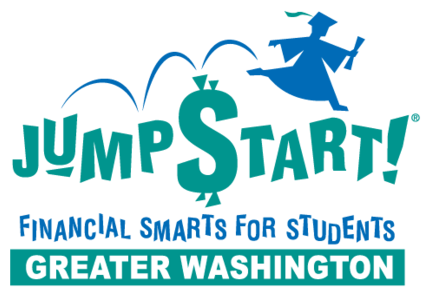 |
The 2015 edition of the National Standards in K-12 Personal Finance Education is published by the Jump$tart Coalition for Personal Financial Literacy on behalf of its partners—from business, finance, government, academia, education, associations and other sectors—and its 50 independent state affiliates.
These National Standards delineate the personal finance knowledge and ability that young people should acquire throughout their kindergarten through 12th grade school years (K-12) to emerge as independent adult consumers, fully prepared to make wise financial decisions for a lifetime of economic well-being. The National Standards represent the framework of a comprehensive personal finance curriculum that begins early in elementary school, builds on foundational knowledge and results in high school graduates who are competent, confident managers of their own money.
The National Standards were designed to guide classroom education, extra-curricular learning and the development of financial education programs, materials and tools, but also, can be easily and effectively used to guide informal education outside the classroom and at home; postsecondary and adult education; professional development for teachers, counselors and others; and other initiatives. They are organized into six sections that address:
- Spending and Saving: Apply strategies to monitor income and expenses, plan for spending and save for future goals.
- Credit and Debt: Develop strategies to control and manage credit and debt.
- Employment and Income: Use a career plan to develop personal income potential.
- Investing: Implement a diversified investment strategy that is compatible with personal financial goals.
- Risk Management and Insurance: Apply appropriate and cost-effective risk management strategies.
- Financial Decision Making: Apply reliable information and systematic decision making to personal financial decisions.
View or Download the complete National Standards in K-12 Personal Finance Education as a .PDF file, free.
